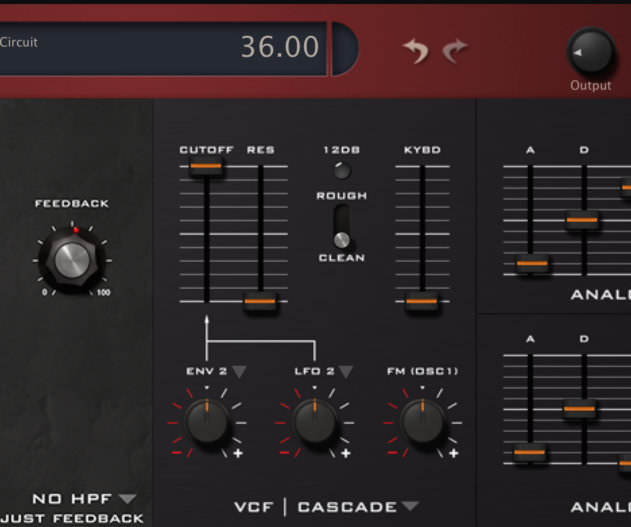

The LFO takes over for pitch modulation, but in a special way: LFO2's delay parameter ramps down to the bottom of a square wave (set to minimum rate so it won't cycle). Method 2 reverts to the usual envelope 2 for cutoff.

So LFO2 is used for cutoff, freeing up envelope 2 for pitch modulation. Method 1 starts with the usual synthbrass settings, but we soon run into the problem of not having enough envelopes for VCA, VCF cutoff, and pitch modulation at the beginning of each not.

The sounds made in this video certainly won't be to everyone's taste - they're all typical old synthbrass! However, the point is to show several different methods of getting similar results, even with a limited set of modules.
#U he diva tutorial series
"The third in a series of bite-sized tutorials aimed at users of u-he's latest synthesizer, Diva. This example use the quantizer to add steps to the glide, making it more of a filter "glissando" than a portamento. Of course you can process KeyFollow2 in the modifications page first. The result is an interesting slippery effect.
#U he diva tutorial how to
VCOs are then turned up and down to demonstrate that there are two different glide rates.Īct II demonstrates how to apply Glide2 to the filter cutoff ONLY - fairly easy because the modulation source "KeyFollow2" includes Glide2. you can clearly hear the effect around 15 seconds into the video. One of the many quirks that made the original Minimoog sound so good was the fact that the oscillators don't glide at precisely the same rate - that's why the template INIT Minimono already includes a minimum amount of Glide2. what most people associate with "portamento" in a synthesizer, then shows you that Glide2 is simply a speed OFFSET applied to VCO 2 (and VCO 3 in the Triple VCO model). This one is about uses of the "Glide2" parameter that might not be so obvious.ĭiva invites you onto the slippery slope called Glide2.Īct I starts with standard usage i.e. "The second in a series of bite-sized tutorials aimed at users of u-he's latest synthesizer, Diva.
#U he diva tutorial Patch
Here, the oscilloscope is left open to show the subtle waveshaping that can lead to a more beefy sound.Īct III: Not really distortion, but ring modulation between the two notes of a duophonic patch is a very characterful effect that also delivers enough grit to cut through a mix.Īct IV: OK, Diva DOES actually have a distortion effect! It's not "dedicated", but built into the Rotary (Leslie effect) module. the Roland TB303 and MS-20 were justly famous.Īct II - beef: On the other hand, Diva's mixer (pre-filter) and amplifier will only distort if you give them plenty of signal. In search of the best distortion you don't always need to turn everything (oscillator levels and filter resonance) up to eleven! The first example here shows that turning ocillator levels DOWN is best for the typical "acid" distortion for which e.g. Like in analogue mixers etc., "gain-staging" is rather important in Diva. Hardware analogue synths naturally distort at several points within the signal path, and because Diva is a close emulation, it doesn't need a dedicated distortion module either. the fascinating subject of distortion.Īct I: Diva doesn't have a dedicated distortion module. Let's get straight to the nitty-gritty i.e. "This is the first of a series of bite-sized tutorials aimed at users of u-he's latest synthesizer, Diva.


 0 kommentar(er)
0 kommentar(er)
